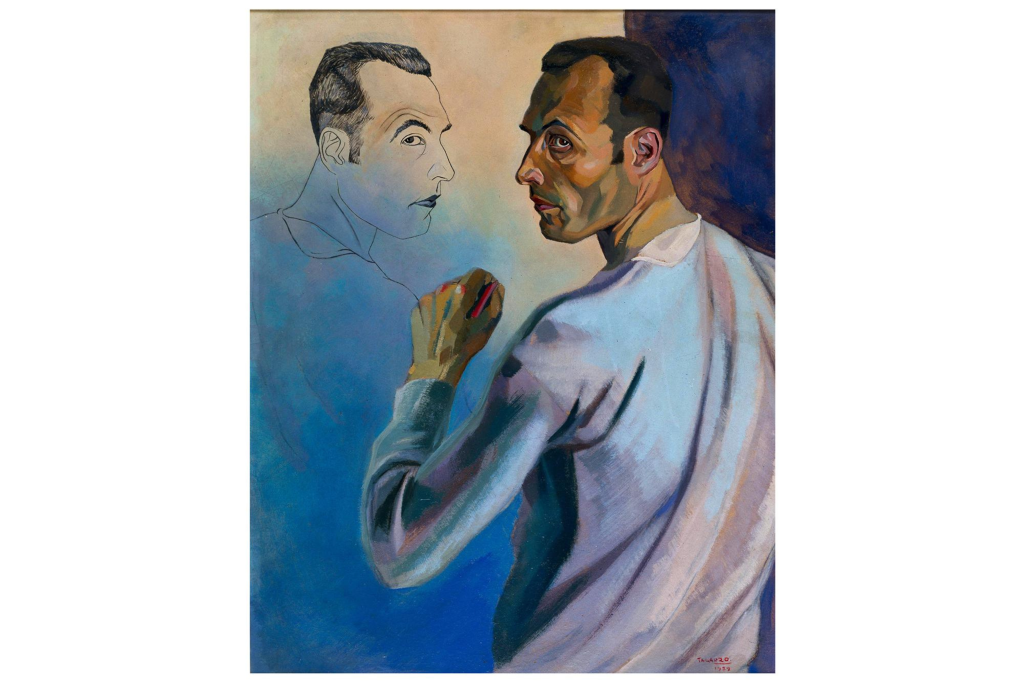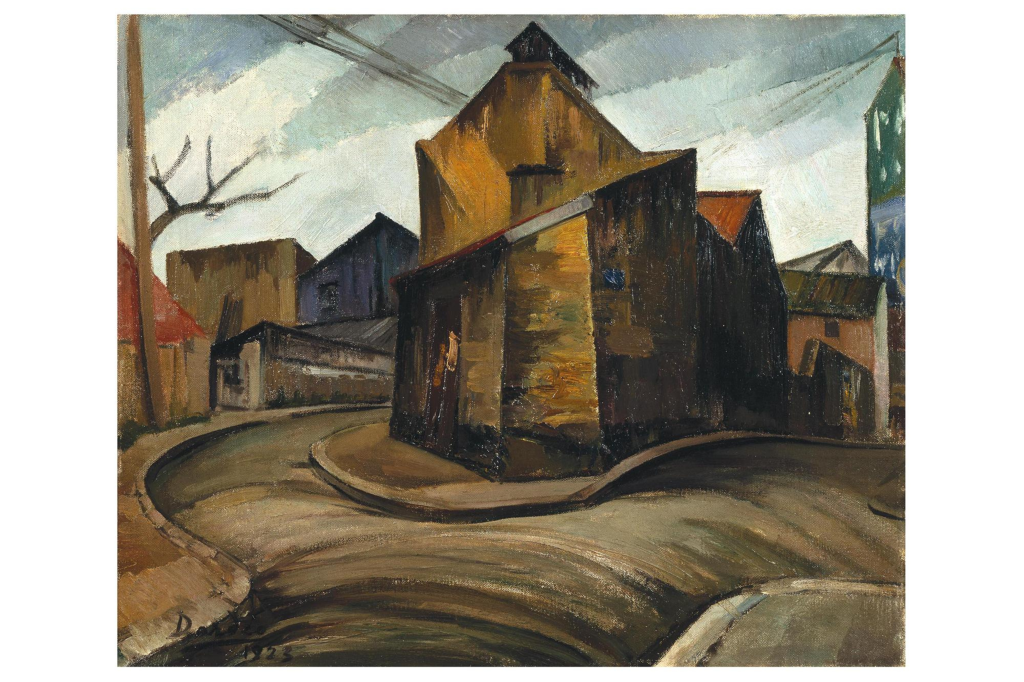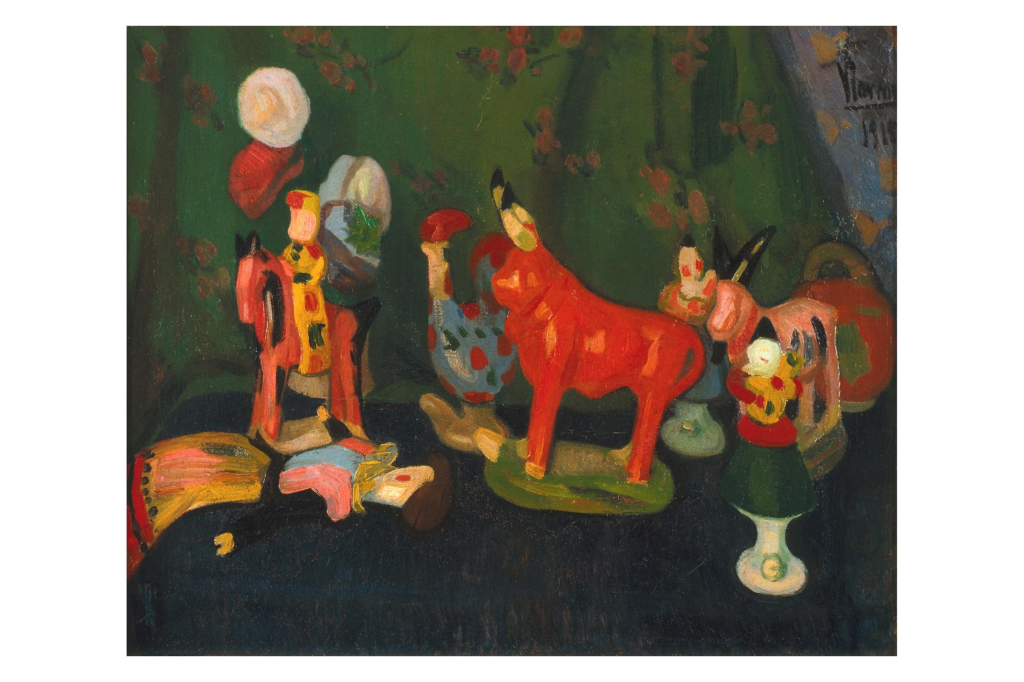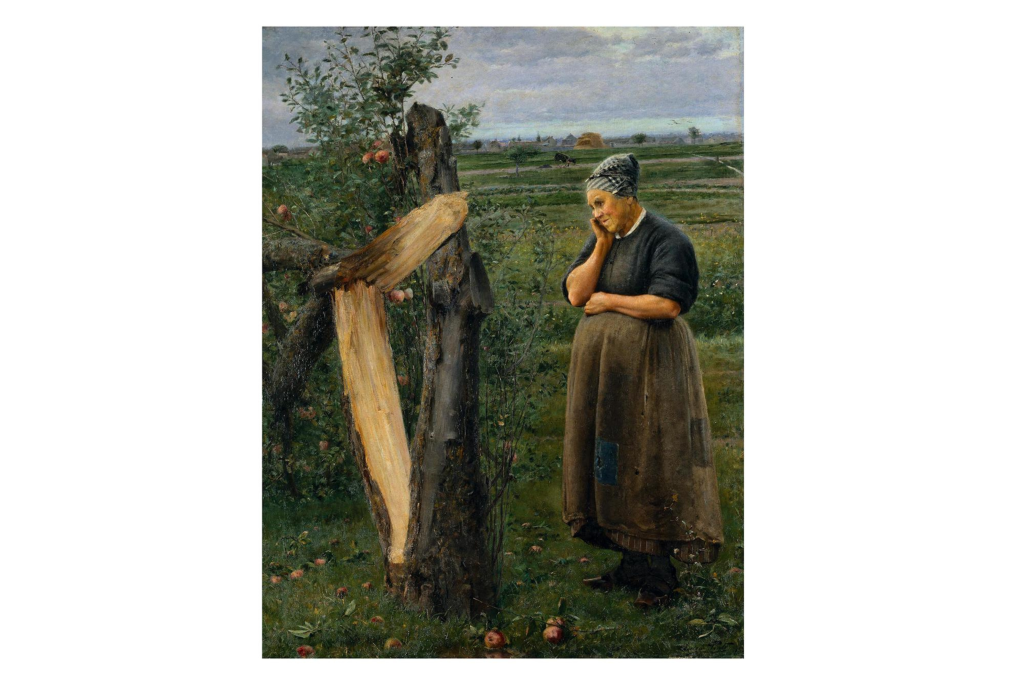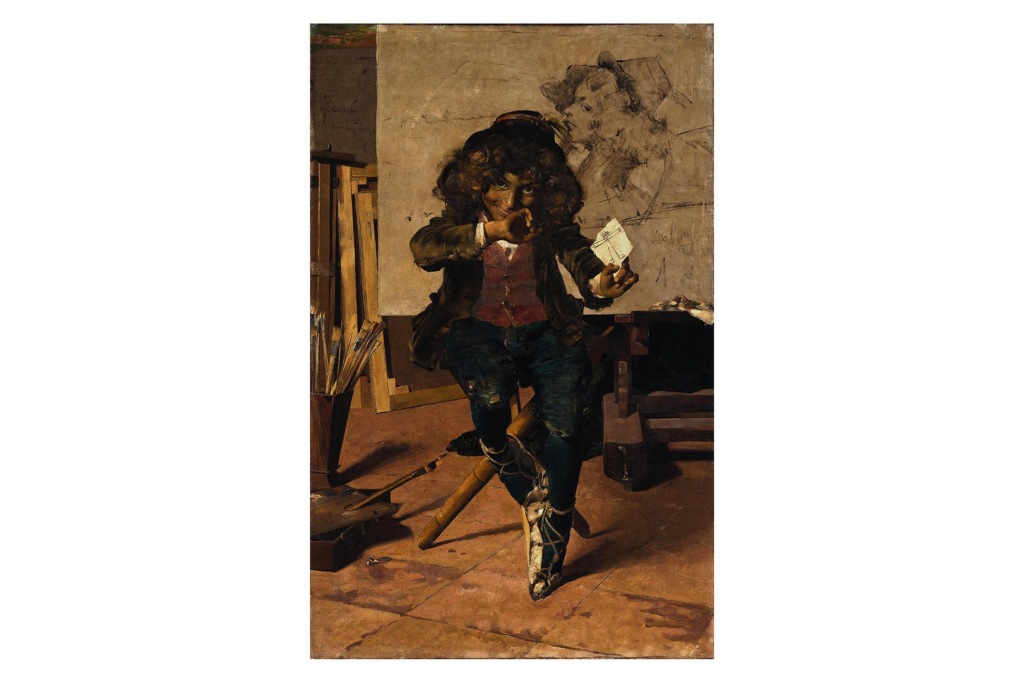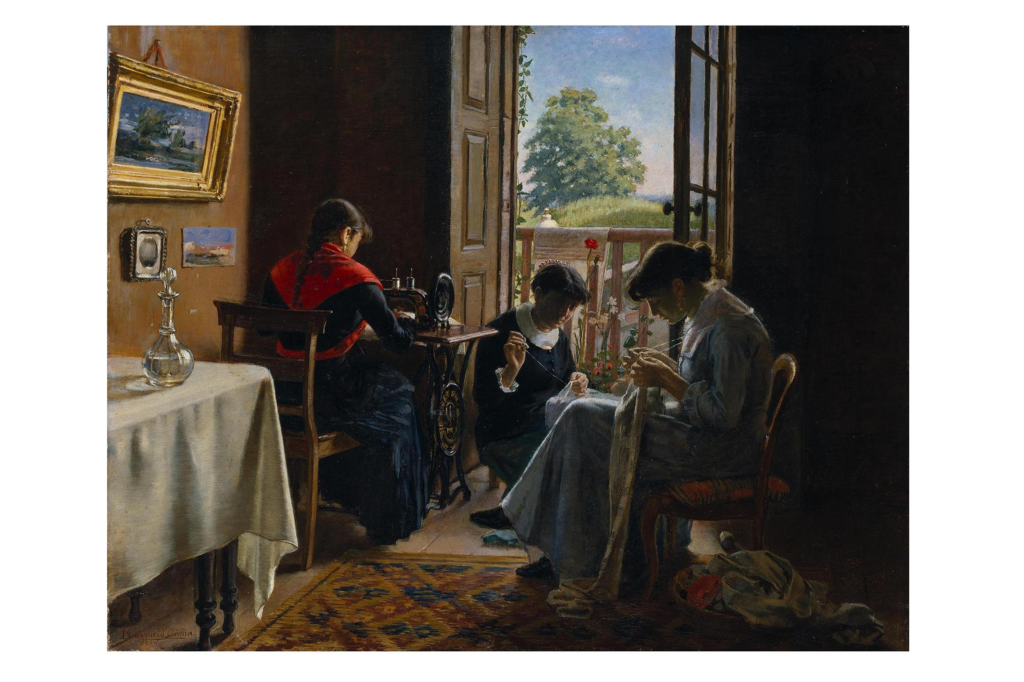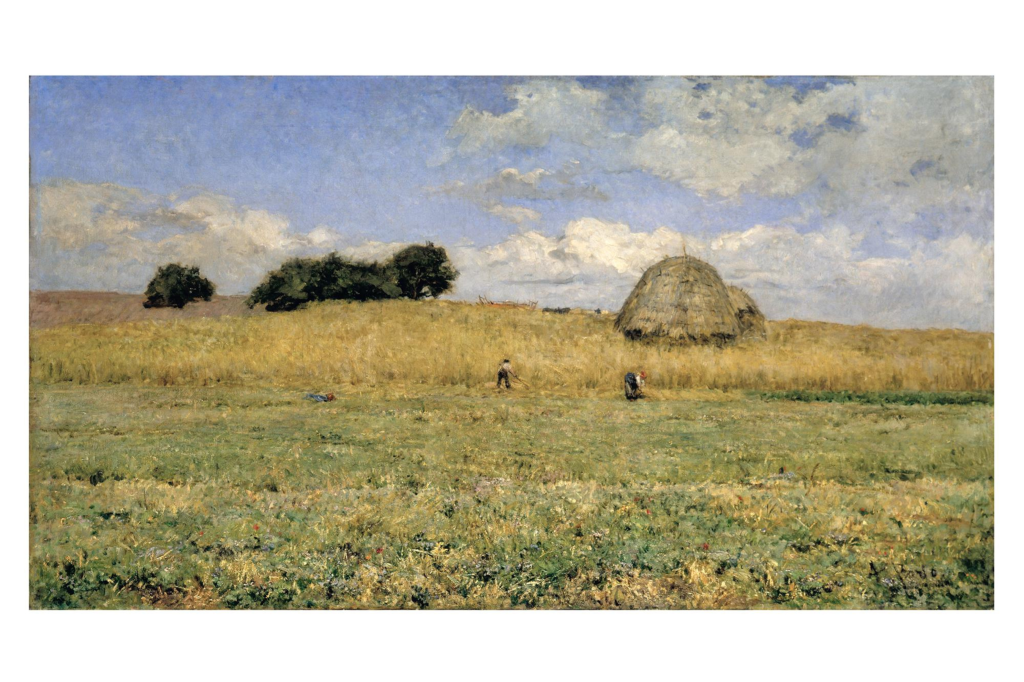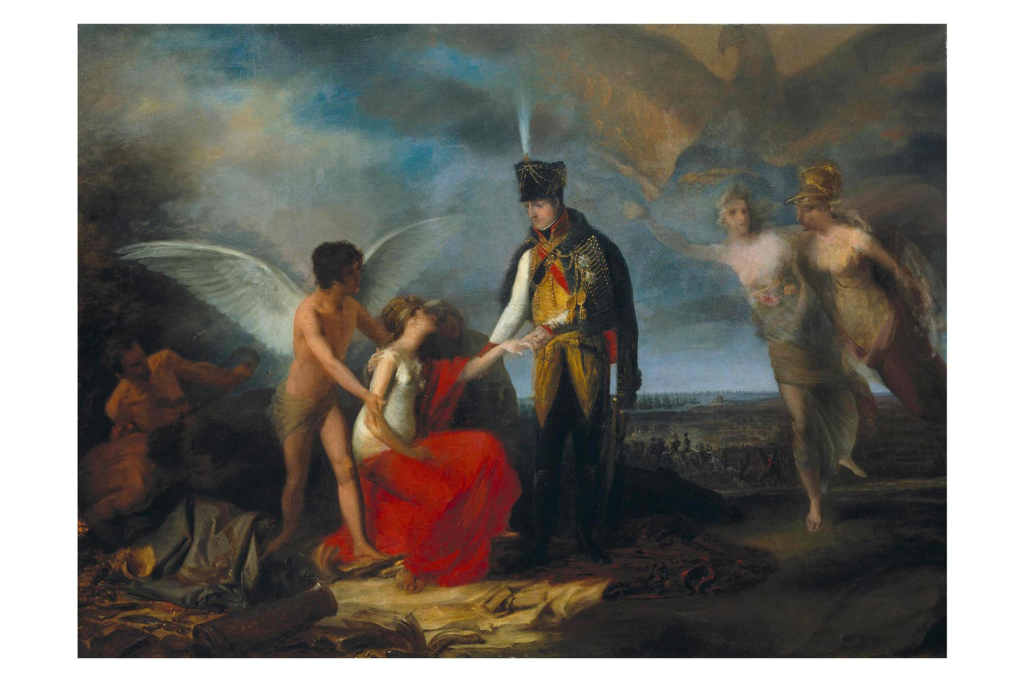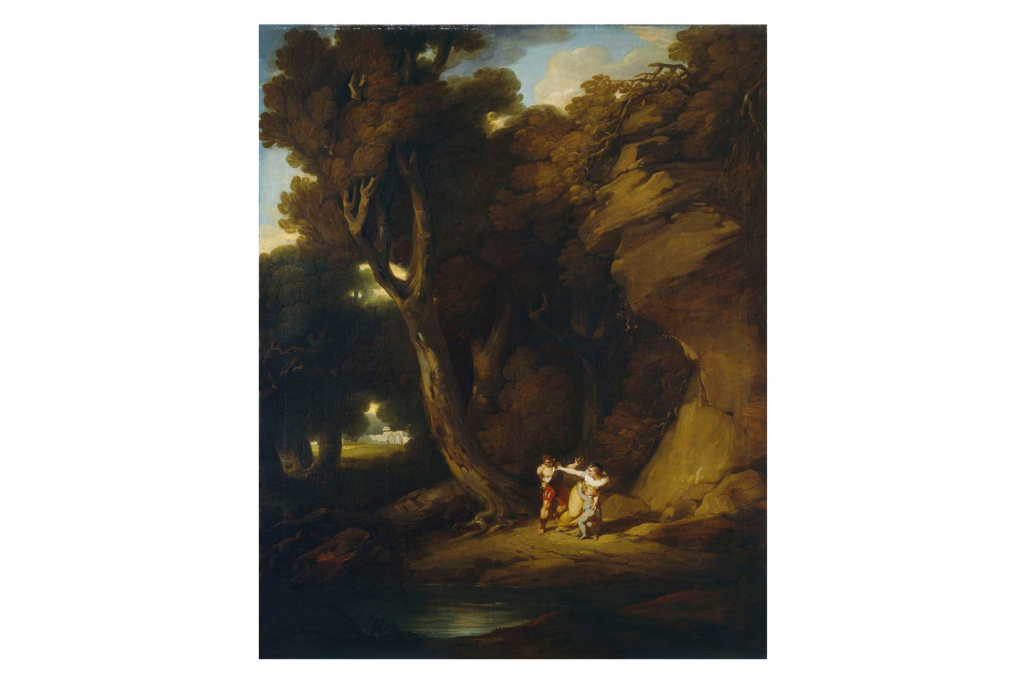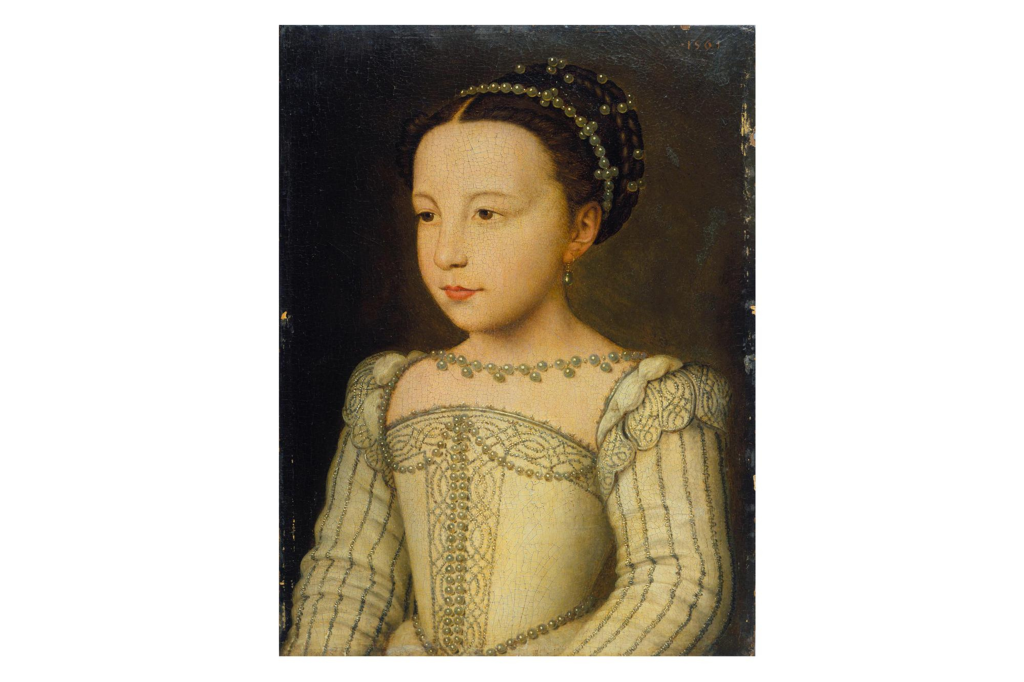The Soares dos Reis National Museum painting collection dates back to 1833, with the creation of the first public art museum established in Portugal, the Museu Portuense. Today, the collection has about 2500 objects and covers a period ranging from the 16th to the 20th century. The collection’s most emblematic group is dedicated to Romantic, Naturalist and Realist painters (19th and 20th centuries) and includes names such as Silva Porto, Marques de Oliveira, Artur Loureiro, Sousa Pinto, Henrique Pousão, Aurélia de Souza and António Carneiro.
One of the reasons for the creation of the Museu Portuense was the need to collect works from abandoned convents and churches. In 1836, with the creation of the Lisbon and Porto Academies of Fine Arts, the Academia Portuense was installed in the building where the Museum’s collection was housed: the Convent of Santo António da Cidade (the current Municipal Public Library of Porto). This situation lasted for almost a century, during which time the museum served the Academy and some works by teachers and students were added to the collection. This was according to what was established in the respective statutes: exams for academic posts, scholarship holders and also gifts from various sources. This historical contingency gave the collection a distinctive mark: the predominance of works by Portuguese artists, mainly from Porto, from the 19th and 20th centuries. The donations and legacies to the Museum and the acquisition policies defined since then have contributed to the expansion of the collection in this same direction. Between 1932 and 1950, under the direction of Vasco Valente, the collection entered a new phase marked by the sharing of collections with the Porto School of Fine Arts and the integration of the collections of the Museu Municipal do Porto on a deposit basis in 1937. The merging of the collections gave greater diversity and quality to the collection, broadening its geographical and chronological representativeness. The main core of the Porto Municipal Museum’s painting collection was formed with the acquisition, in 1850, by the Porto City Council, of João Allen’s collection (1781-1848). This consisted of 599 paintings by national and foreign artists, from the 16th to the early years of the 19th century. The municipal collection also includes 113 works bequeathed by Júlio Osório in 1911 and 21 works by Silva Porto donated by Honório de Lima in 1941. Between 1950 and 1960, under the direction of the sculptor and professor, Salvador Barata Feyo, the Soares dos Reis National Museum began updating its collection, changing the paradigm of the institution’s acquisition policy by investing in works by contemporary artists. This new direction was resumed in 1975 with the installation at the Soares dos Reis National Museum of the Contemporary Art Centre, which would become the Serralves Museum of Contemporary Art. During the six years in which the Centre’s pioneering activity took place, nearly a hundred works representing the multiple artistic experiments then taking place, such as neo-figuration, neo-abstractionism and pop art, entered the Museum’s collection. Over the last two decades, the Museum has continued to acquire works on an occasional basis with the aim of strengthening its permanent exhibition and also to absorb a large number of donations. It is these actions that have enriched the collection with a remarkable representation of 20th century painting, which combines the final productions of the previous century’s movements and the avant-garde works of Portuguese Modernism, as well as the multiple artistic experiments from the 1960s to the 1980s. It features artists such as Eduardo Viana, Amadeo de Souza-Cardoso, Armando de Basto, Dordio Gomes, José Tagarro, Diogo de Macedo, Júlio Resende, Ângelo de Sousa and Álvaro Lapa among many others.
